Throughout the history of art, monochromatic art has been described as the purest epitome of aesthetic value. The art of one color, often in different hues, monochromatic art presents visual poetry of how light and colors can create shapes within a composition.
Fast forward to the 20th and into the 21st century, the rise of abstract art and monochrome painting is dominant more than ever before. Now imagine all those meticulously striking lines and shades enlivened with differences in rhythm and conception astonishingly mixed within the street art. We get to SheOne, a true master of monochromatic street art. SheOne examines the possibilities and limitations of a painting by experimenting with the ambition to depict the world without the distraction of many colors. Black color is SheOne’s most important color, as he uses black to highlight the importance of the details in his mesmerizing artworks and lifts them off the surfaces, brilliantly making them even more conspicuous. He has developed his own style characterized by vivid movement and life expressed through an array of contrasting lines, vibrant colors, and signature shapes.
In preparation for his new solo exhibition at 2B Art & Toys Gallery, we sat down with SheOne to discuss street art, his inspirations, and how it all started.

2B: How did you start? Do you remember your first artwork or mural?
SheOne: I discovered graffiti around 1984 featured in the music video for Malcolm Maclaren’s ‘Buffalo Gals’ this was the first time I saw somebody using a spray can to paint a stylized word on a wall, then the Book ‘Subway Art’ came out and that solidified the idea that one could create an artistic alter-ego that could be presented in public space. My early attempts at spraying were just in my neighborhood, with a couple of spray cans, trying to paint my name and learn as I went along.
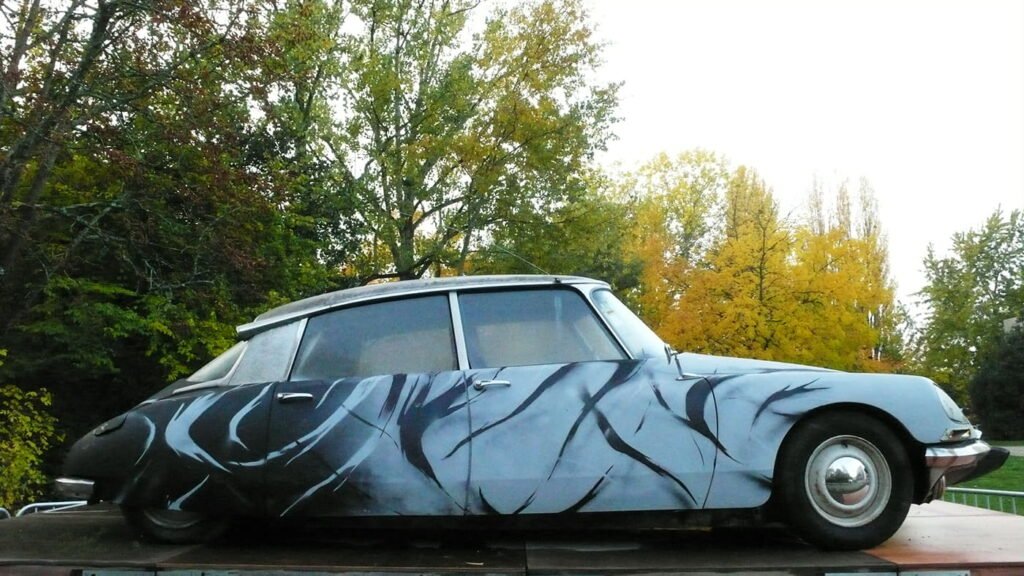
2B: What inspires you?
SheOne: I was fascinated by the immediacy of spraypaint ( a medium that wasn’t actually made for art use ) fused with the design concept of creating exotic logotypes that could be translated into large-scale paintings. I was genuinely inspired by the potentiality of painting graffiti, the rapid transformation of a surface with a personal idea, and the transient public nature of this type of work in the street meant there was always more to do, fresh challenges, the odd bit of danger and endless horizons.
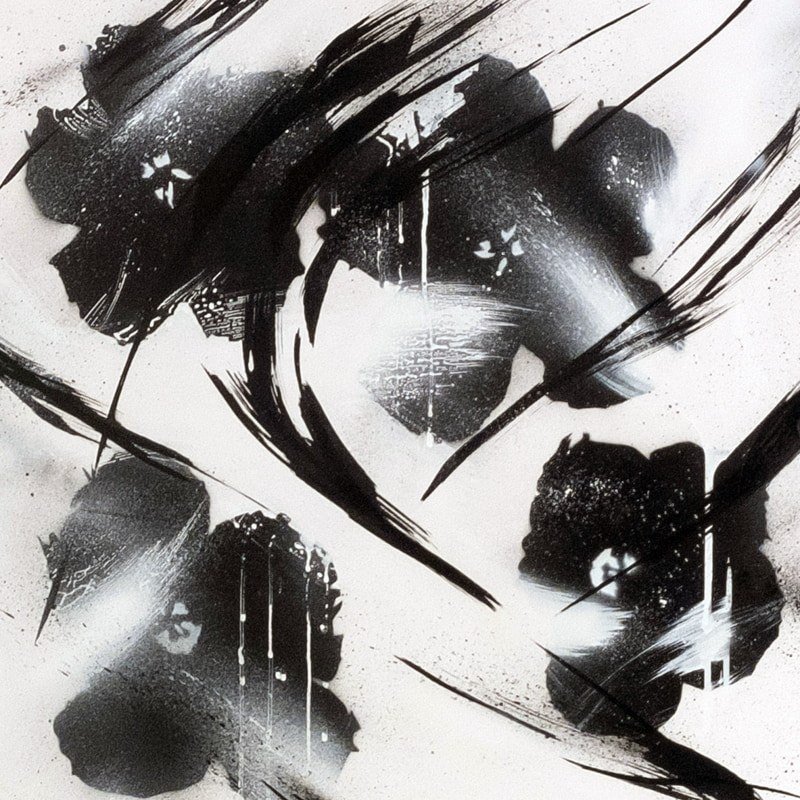
2B: Why urban art and not another?
SheOne: Graffiti was a New York youth culture, the tools, the codes, nomenclature, and folklore were documented and brought alive by a film called Style Wars which aired on English television in 1985 once I had seen that, there was no option, I was going to be a graffiti writer. Fortunately, I was a teenager, still at school even, the whole thing was so d-i-y and lacked any kind of adult rules or establishment critique that I could just throw myself into it with no fear of the future.
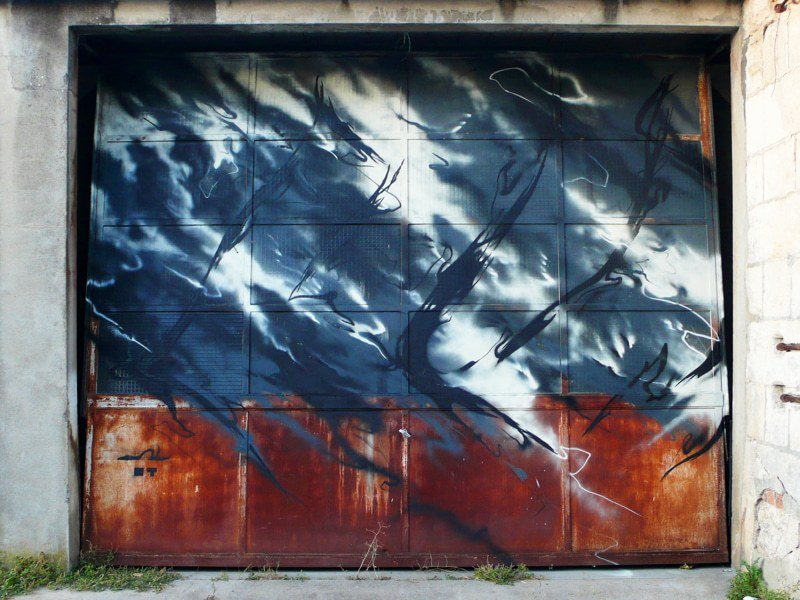
2B: Galleries, museums, or the street walls?
SheOne: All of them and more. They all offer variation in creative possibility and audience participation in terms of reading of the work, however as long as I am not compromising the authenticity of my core aesthetics then there is no limit to where I could paint or where it could be exhibited.
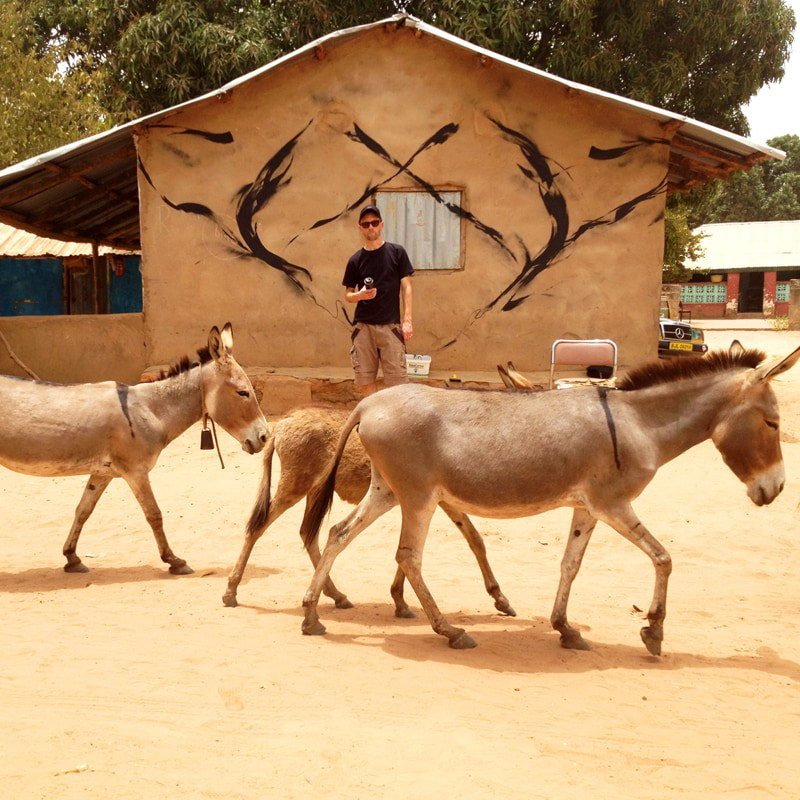
2B: Tell us a place where you always wanted to paint a mural?
SheOne: Obviously I would love to paint a New York subway car and see it rolling across a bridge in midtown, otherwise the indoor royal tennis court at Hampton Court Palace, built-in 1528 for Henry VIII, I used to visit there as a child and from the viewing level it felt like a charming gallery space waiting for something modern to explode inside it.

2B: If you wanted your message to reach a specific audience in a powerful and transcendent way, where would you make your work or where would you place it?
SheOne: It would be a small black marble sculpture of one of my letterforms placed in the Papal Basilica of Saint Peter in Rome.
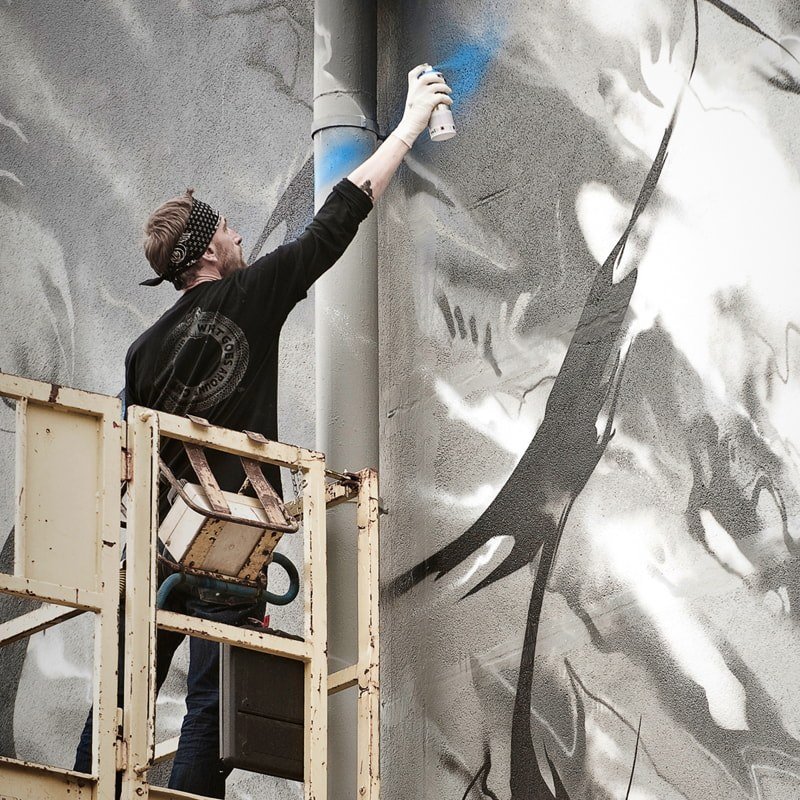
2B: Which technique do you most identify with?
SheOne: Spraypainting in particular, what is called ‘wildstyle’ where the emphasis is the unique approach of the artist to represent complex letterforms when sprayed on a wall. One can of black spray paint is the perfect tool to express what I need to say, graffiti is very physical, the can in your hand becomes an extension of your body, and really it is that energy, when a thought becomes a transformative movement, that the painting comes alive.
![SheOne, [Kuroshiro] C, Spraypaint on canvas](https://2b.rocks/wp-content/uploads/2021/08/SheOne-Kuroshiro-C-Spraypaint-on-canvas.jpg)
2B: Do you listen to music when you paint, and if so, which one?
SheOne: Certainly, to many types of music, from Detroit techno to renaissance opera and everything in between. I haven’t watched television for over ten years so I listen to a lot of music. I actually released a CD entitled AutoGallery in 1999. Recently I have been producing electronic audio soundtracks for a series of artworks called Audio Paintings which I will eventually turn into an immersive exhibition, with a CD and book as the Catalogue. I believe ultimately art and music are trying to tell the same stories.
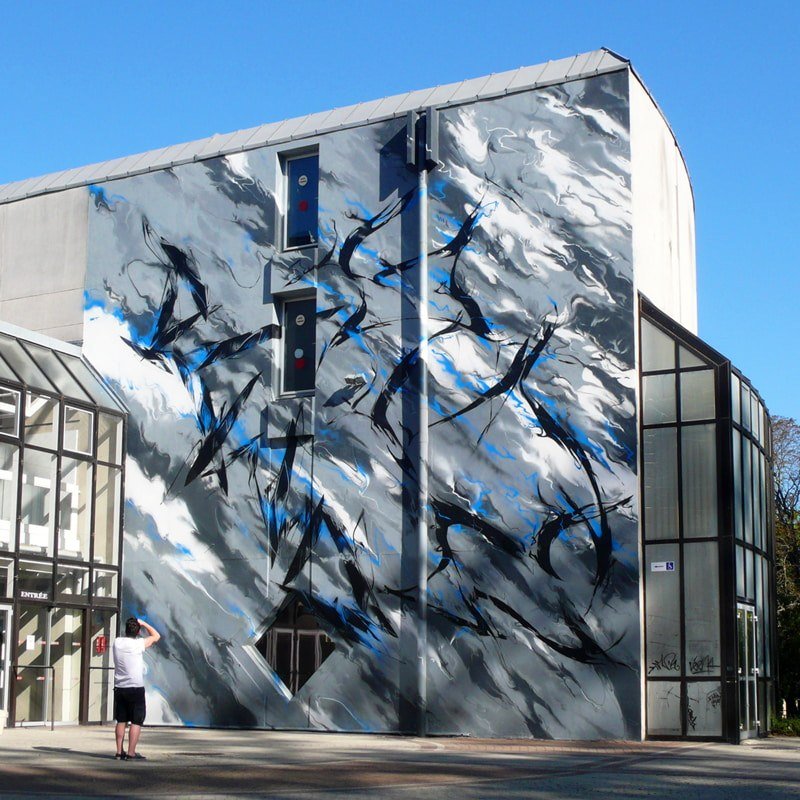
2B: If you weren’t an artist, what would you have been?
SheOne: I probably would have ended up in the creative or art direction side of the fashion industry. Anything that didn’t involve going up and down a ladder.

2B: Do you think that Street Art today has ceased to be something transgressive and has become a formal category of art?
SheOne: To an extent, graffiti has been subsumed into the various art systems although perhaps superficially for the ‘cultural’ significance, rather than the aesthetic complexities. However, we are a long way from a critical understanding by the institutions of the nuanced codes of individuality and originality that are implicit in the creation of a successful alter-ego in unorthodox spaces. As for ones place in the international graffiti hierarchy, ultimately the street knows.

Leave a Reply